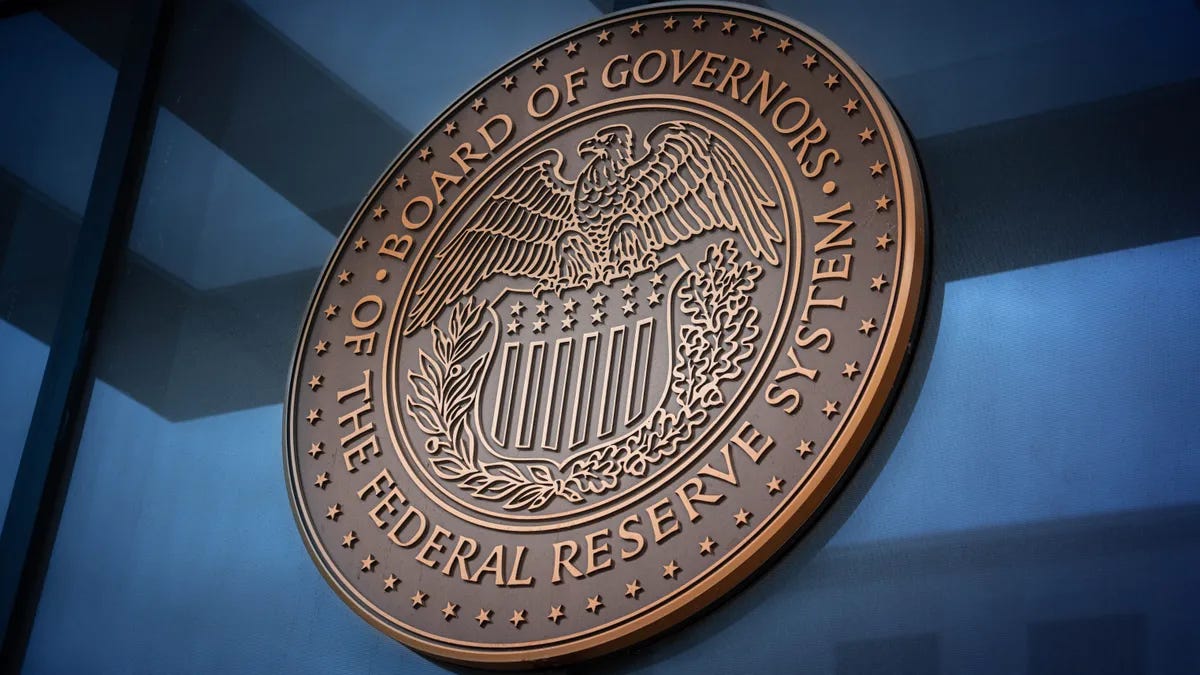Fed Moves Against the Global Tide
The United States is once again the outlier in global monetary policy. After holding steady for most of the year, the Federal Reserve is expected to announce a 25 basis point rate cut next week. Weakening job data, including the highest jobless claims in nearly four years, has made a cut almost certain, with some analysts suggesting an even larger 50 basis point move is possible. Markets are already pricing in close to 70 basis points of easing before year end. President Donald Trump has repeatedly pressed the Fed for faster and deeper cuts, and investors are also watching closely the legal battle surrounding Fed Governor Lisa Cook, whose removal Trump has attempted but was temporarily blocked by a federal judge.

Europe Holds Steady While Japan Considers Tightening
In contrast, the European Central Bank decided this week to leave its key rate unchanged at 2 percent while projecting inflation to fall to 1.9 percent by 2027. With the eurozone economy showing signs of stability, the ECB is signaling patience, though markets still see a chance of cuts by mid 2026. Japan, meanwhile, stands alone in pursuing tighter policy. The Bank of Japan, after years of ultra loose measures, has indicated a possible rate hike before the year is out, although political uncertainty following the resignation of Prime Minister Shigeru Ishiba may complicate its path.
Mixed Signals Across Major Economies
Elsewhere, central banks are sending mixed signals. In Canada, sluggish growth caused by US tariffs and rising unemployment is putting pressure on the Bank of Canada to restart rate cuts, with markets anticipating two more moves by early 2026. Sweden’s Riksbank has already delivered substantial cuts and looks likely to hold steady for now. In New Zealand, further easing is expected in October as growth headwinds weigh on the economy. Australia has trimmed rates by 75 basis points this year but robust GDP data has reduced expectations of deeper cuts. Norway’s Norges Bank has only cut once and could move again, though hot inflation numbers may delay action. Switzerland, after slashing rates to zero in June, is now debating whether to risk dipping back into negative rates, although most investors see this as unlikely given current inflation trends.

Britain Cautious Amid High Inflation
The Bank of England remains cautious as well. Despite cutting rates in August, inflation in the United Kingdom is still the highest among advanced economies, leading traders to expect no further moves this year. Analysts suggest that persistent price pressures have pushed back the timeline for more easing, making the UK one of the slower movers in this global cycle.
What This Means for Markets

The divergence between the Fed and its global peers is striking. While Europe and parts of Asia are signaling the end of their easing cycles, the United States appears poised for another phase of rate cuts. For investors, this means global markets will likely see more volatility in the months ahead as capital flows respond to shifting policy directions. A weaker US labor market has put pressure on policymakers in Washington, while other economies remain focused on curbing inflation rather than stimulating growth.
Conclusion
As the Federal Reserve prepares to move forward with easing, the contrast with Europe, Japan, and other central banks underscores the complex economic landscape facing investors and businesses worldwide. Monetary policy paths are diverging sharply, reflecting different stages of recovery and inflation control across regions. The coming months will reveal whether the Fed’s decision to cut ahead of its peers helps stabilize the US economy or adds further uncertainty to global financial markets.
Follow YouFinance on Instagram and Facebook for more insights into global markets, central bank decisions, and the trends shaping the financial world today.















